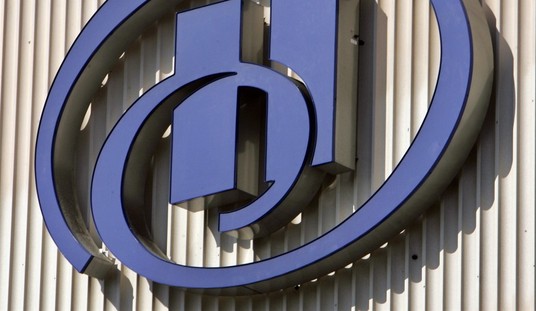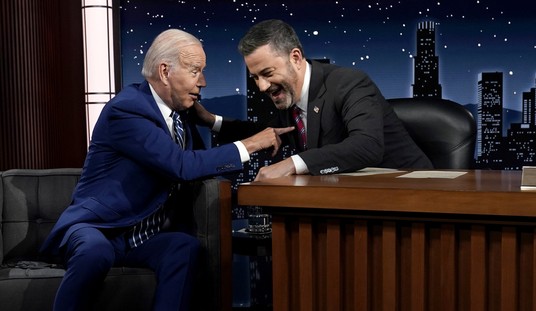Earlier today, the Fox News poll showed economic pessimism dominating the electorate. The new report from the Federal Reserve on industrial output in January validates rather than combats that trend. Factory production fell 0.8% last month, the sharpest drop in nearly five years, which the Fed blames at least in part on the weather. The decline went against market expectations, and includes a downward revision for December:
Factory production in the U.S. unexpectedly declined in January by the most since May 2009, adding to evidence severe winter weather weighed on the economy.
The 0.8 percent decrease at manufacturers followed a revised 0.3 percent gain the prior month that was weaker than initially reported, figures from the Federal Reserve showed today in Washington. The median forecast in a Bloomberg survey of economists called for a 0.1 percent advance. Total industrial production dropped 0.3 percent even as utility output climbed the most in almost a year.
Assembly lines slowed last month as colder weather tempered production, the Fed said, showing a pause in the momentum of an industry that’s helped bolster the economy. A pickup in capital spending and faster hiring that drives consumer purchases will be needed to spur production gains.
The difference between the factory production number and overall industrial production was demand for energy, according to CNBC’s analysis — also due to the weather:
The drop in factory output and a 0.9 percent fall in mining weighed on overall production, which fell 0.3 percent in January, the biggest drop since April.
Production at the nation’s mines, factories and power plants had increased 0.3 percent in December.
But freezing temperatures boosted demand for heating last month, causing utilities production to jump 4.1 percent.
Josh Boak at AP notes that the miss in factory orders may be a dramatic outlier, but the trend isn’t impressive anyway:
Factory output rose a modest 1.3 percent over the past 12 months. …
The Institute for Supply Management, a trade group of purchasing managers, reported earlier this month that its index of manufacturing activity fell to 51.3 in January from 56.5 in December. It was the lowest reading since May, although any reading above 50 signals growth.
Factory orders also fell 1.5 percent in December, according to the Commerce Department. That could have contributed to less output in January.
The figures suggest that U.S. manufacturing is slowing after strong gains at the end of last year. Auto sales approached 15.6 million last year but buying has since decelerated. Businesses are spending cautiously on machinery and other large factory goods. The slowdown means that economic growth in the first three months of this year will probably come in significantly below the strong 3.6 percent annual pace in the second half of 2013.
Rick Santelli calls all of these numbers “a big miss” for CNBC:
Basically, this is just another indication of cyclical stagnation, complicated in part by the weather, which is a legitimate consideration. The slowdown isn’t just weather-related, and it leaves us pretty much where we’ve been in for nearly five years of the Obama “recovery.” As Bloomberg notes, we need more incentives to hire and work in order to boost economic growth past the stagnation level, but instead we’re supplying disincentives to both — and cheering them as progress. This is the inevitable result.








Join the conversation as a VIP Member